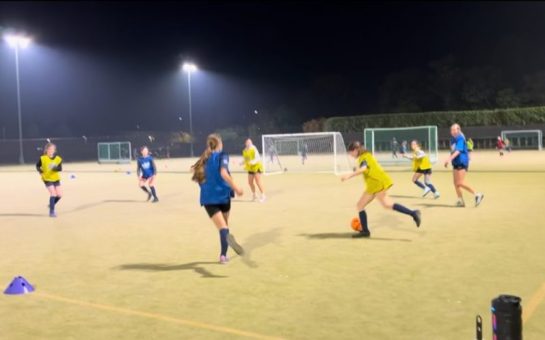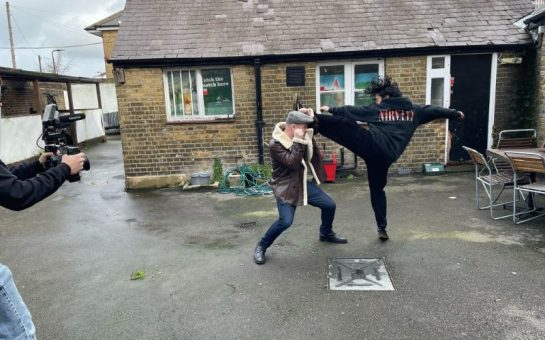Park-goers have to accept some responsibility for around 15 deer deaths a year.
Richmond Park visitors are being warned of the dangers facing deer in the darker winter months of the year.
Although November is heavily associated with the culling season of the Richmond Park deer park-goers have to accept some responsibility for around 15 deer deaths a year.
Between October and February five or six deer are killed in road traffic accidents in the park, normally at dawn or dusk where visibility is still low.
Despite numbers falling since the introduction of a 20mph speed limit, deer hit by cars are rarely killed outright, and often die later from their injuries or have to be put down.
Discarded litter also kills around five deer a year.
Small items of plastic can cause a slow death, despite litter pickers working in the early hours of the mornings before the park opens.
Any sudden deaths in the herd are given post-mortems and objects like rope, string, dog-waste bags, other plastics and clothing have been found recently.
Around six young deer are killed by dogs in their first few weeks when they are hidden away by their mothers as they search for food.
They are unable to escape, and are brought down by dogs and fatally mauled.
The rutting season, just before the November cull, claimed the lives of two senior stags who died from their wounds after fighting.
This year’s cull was preceded by a protest in Kingston on 5th November, with animal lovers asking why alternatives cannot be found to control the deer population, such as relocation to other woodland, or contraception.
Last year some of the herd were relocated to Windsor Great Park in the hope that few animals would need to be culled this month.
A spokesperson for The Royal Parks said: “If the cull did not take place then deer would eventually suffer as a result of overcrowding and malnutrition, leading to starvation and death.
“There are no contraceptives licensed for use in the UK.
“These techniques are still in the experimental stage in both Europe and the USA and there are concerns that contraceptives introduced through food and not consumed by the deer herd would impact negatively on other species.”
Culling is not done indiscriminately and is carried out by trained marksmen who target a balance of ages across the herd.
The Park’s Wildlife Officers constantly move through the herd throughout the year in jeeps, so they are used to their presence.
Richmond Park continues to be an attraction for many locals and visitors to the area. A Park Diary which provides information about culling can be found at the Friends of Richmond Park website: http://www.frp.org.uk/




